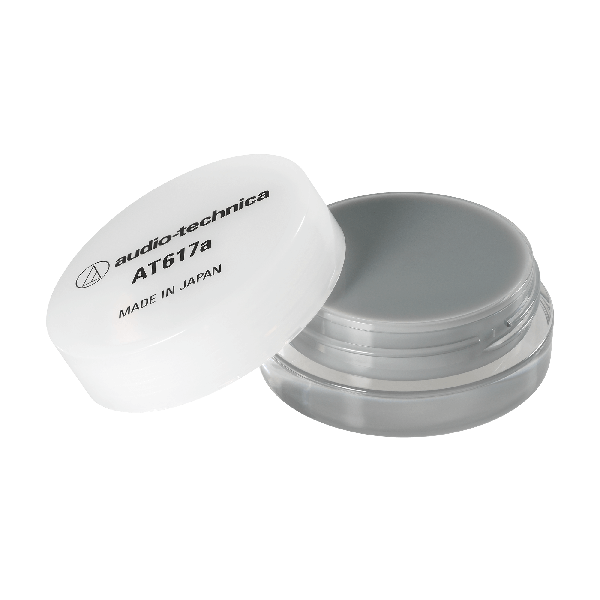Waxxy
pfm Member
I was literally just going to post that an expert retipper has many times stated to "avoid any gel or liquid cleaner"....and here you are explaining it better than I ever could. I stopped using LP#9 because of your advice. Dry brush and Magic Eraser now for me. Awesome Joe!Use a dry stylus brush. Avoid fluids of any kind. Admittedly, I see the worst, probably the effects of overuse. Fluids corrode aluminum cantilevers and cause them to lose the diamond once the corrosion is bad enough. They migrate up the cantilever and in the worst cases can destroy the insulation layer on coils and attach the soft carbon steel music wire suspension spring that is central to most MC designs and cause it to corrode and break. Usually when this happens, there is ample evidence of over saturation.
Gels, also perhaps from overuse, cause a buildup that is very stubborn. I end up having to remove the hardened, crusted buildup with a razor blade.
You literally cannot overuse a dry stylus brush. You should use a good quality stylus brush dry after every side. Just give a good swipe back to front before dropping the needle when you begin a new side. This assumes you keep your records clean and dry.
I use dry Mr Clean MagicEraser because it works like a brush but it a little bit more able to remove every trace of debris and microscopic fibers, but this is because I photograph styli every day for my work and they must be spotless—more clean than necessary to play well.
NEVER USE ACETONE or harsh solvents. Most diamonds are held in place with either epoxy or cyanoacrylate. Acetone melts both of these compounds. You are asking to lose your diamond and quickly. If you haven’t lost it yet, perhaps it’s because you use very little. That will actually soften the epoxy or cyanoacrylate, which may reharden again once the acetone evaporates. But even then, you risk causing the diamond to move out of proper position.


